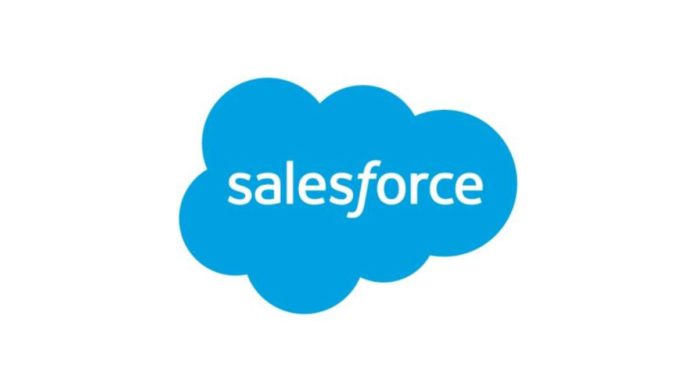Researchers from the University of Maryland and Salesforce claim that not storing sensitive data is the most secure practice to conceal one’s digital footprint in their recent work, “Burn After Reading: Online Adaptation for Cross-domain Streaming Data.”
As a solution, they suggest a paradigm for online domain adaptation in which modified streaming data from the target domain is promptly discarded. Despite appearing to be an extended unsupervised domain adaptation (UDA) setting, the challenge cannot be performed by simply bringing offline UDA methods online.
Their approach for online domain adaptation is based on cross-domain bootstrapping, which allows them to tackle the most fundamental difficulty of the online task directly. The diversity of the data across domains is increased with each online query by bootstrapping the source domain to create unique permutations with the current target query.
Read More: Microsoft Partners With Meta To Bring Its Range Of Products To Metaverse
They train a group of autonomous learners to keep the distinctions between them to make the most of different permutations. They combine the learners’ expertise by having them trade their predicted pseudo-labels on the current target query to co-supervise the training on the target domain. However, they are not allowed to exchange weights to preserve their differences. By averaging the knowledge of all the learners, they could make a more precise forecast of the current target query. They call it CroBoDo “Cross-Domain Bootstrapping for Online Domain Adaptation,”
They test the method on different benchmarks, such as the canonical UDA benchmark VisDA-C [59], the medical imaging benchmark COVID-DA, and the massive distribution shift benchmark WILDS subset Camelyon. The finding reveals that the proposed approach outperforms state-of-the-art UDA approaches suitable for the web-based environment on all benchmarks.
In addition, this strategy provides competitive results in the offline context without requiring the reuse of any target sample. Their straightforward solution’s performance is on par with that in an offline environment, so it’s a good option even if you’re only concerned with saving time.


